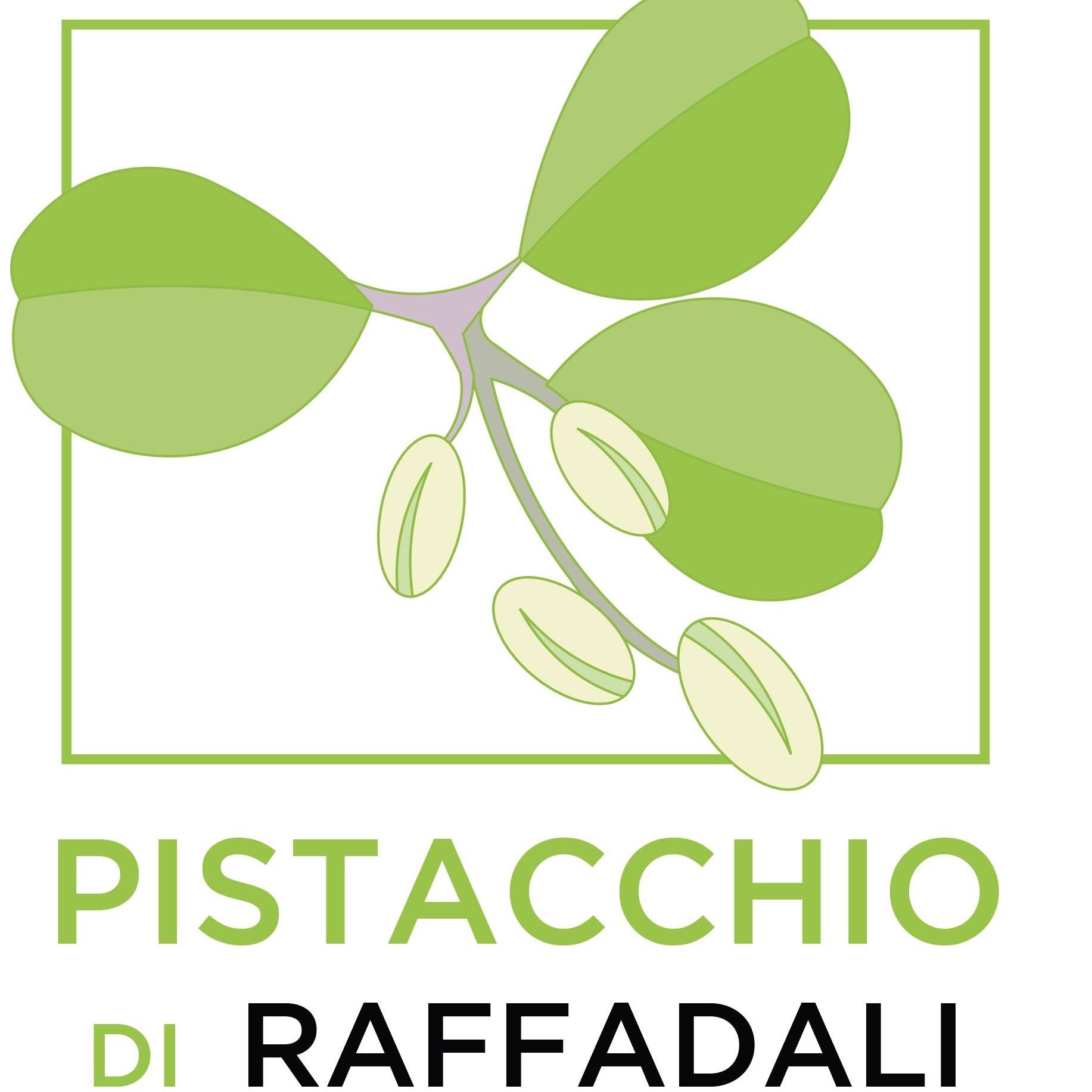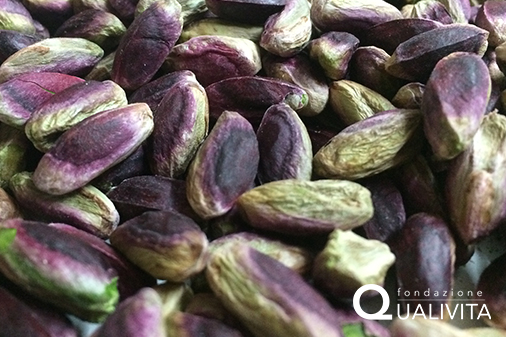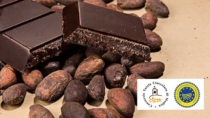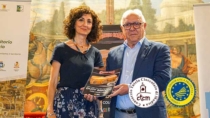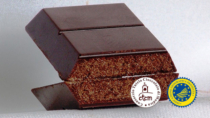Description
The Pistacchio di Raffadali PDO refers to the dried fruit, in its shell, shelled or peeled, of plants belonging to the botanical species Pistacia vera L., Napoletana cultivar, also called Bianca or Nostrana, grafted onto Pistacia terebinthus L.
Production Area
The production area of Pistacchio di Raffadali PDO is within numerous municipalities in the Province of Agrigento, and two municipalities in the Province of Caltanissetta, in the Sicily region.
Production Method
The product is mainly grown in limestone soil in areas characterised by extreme temperature ranges, in both specialised and associated groves. As well as the "monocaule" (single-plant) system, open growing systems can also be used for the "shrubs" (or “open vase” plants) which are typical in older groves and characterized by the presence of a strain with several branches. The pistachio groves that produce Pistacchio di Raffadali PDO can be managed with the conventional integrated or organic pest control method. In promiscuous crops, that is, made up of several varieties of plants, the total production permitted is 20 kg of product in its shell per plant. The harvest takes place between the second ten days of August and the first ten days of October, and can be carried out either manually or mechanically, by beating the fruit off the plants onto nets, or by "stripping", them into baskets. To avoid browning, the fruit must be "hulled", that is, removing the husk, within 24 hours of harvesting. The product is then dried in direct light or with other systems, keeping the temperature below 50 °C. They are then placed in suitable containers and stored in dry, ventilated rooms. The storage stage can last up to 24 months, with an obligation to indicate the harvest year. Any shelling or peeling processes can be carried out either manually or mechanically.
Appearance and Flavour
Pistacchio di Raffadali PDO has an elongated shape and a green seed inside the shell. The sweet, pleasant and pronounced flavour derives from the pedological characteristics of the cultivated land.
History
The first artificial pistachio was planted in the production area by Cavaliere Giacomo Maria Spoto in the second half of the nineteenth century. After this experiment, other people followed his example and pistachio groves spread rapidly in the area. Over the following decades, much uncultivated land was transformed into pistachio groves and this crop became the fulcrum of the farming system. There are numerous literary references testifying to this product’s importance: in 1942, the famous botanist Pietro Bonifacio wrote in his monograph Il pistacchio that "in Raffadali there are 3 gigantic and beautiful specimens of pistachio which are visited as botanical rarities and capable of producing about 200 kg of fruit each". Other more recent references can be found in the novels Blues di mezzo 'autunno (2013) by Santo Piazzese, Il corvo di pietra (2014) by Marco Steiner, and La banda Sacco (2013) by Andrea Camilleri.
Gastronomy
Pistacchio di Raffadali PDO should be kept in a cool, dry place. It can be eaten at any time of the year, without needing to be further cooked or processed. Thanks to its distinctive aroma, qualities and versatility, it has always been an important element in traditional Sicilian cuisine, both sweet and savoury, one of the most interesting dishes being the sweet couscous made by the nuns at the convent of Santo Spirito in Agrigento.
Marketing
The product is marketed as Pistachio di Raffadali PDO. It is sold in its shell, shelled, and peeled. If destined for the final consumer, it must be packed in suitable transparent packaging, or with a transparent part that allows the product to be seen. If destined for processing, the product must be packed in bags made of fabric and/or other suitable materials, with a maximum weight of 25 kg.
Distinctive Features
Pistachio di Raffadali PDO owes some of its distinctive sweetness and softness to the technique of allowing the branches of the plants to bend down to the ground, which allows the fruit to be exposed to more constant temperatures while ripening.



